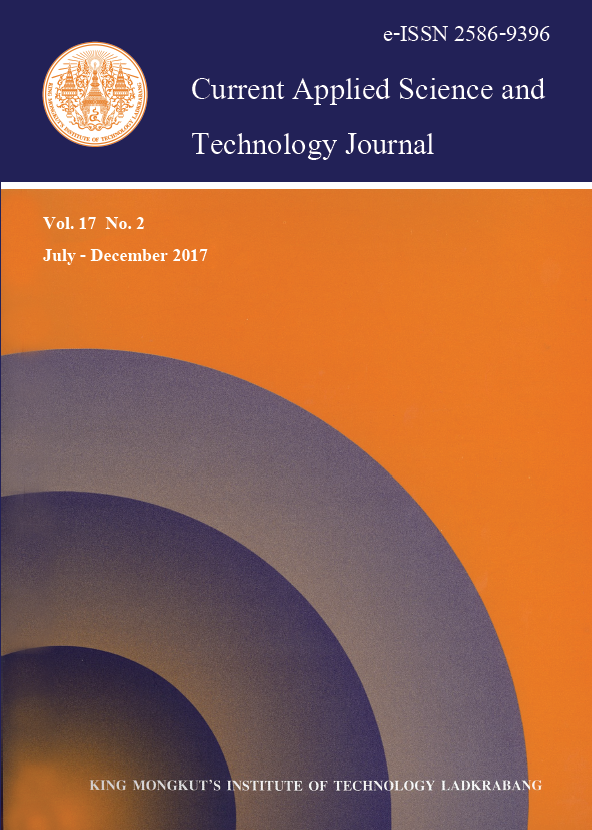Genetic characterization of goat breeds and populations in Egypt is essential for conservation strategy as well as for genetic improvement. The aim of this study was to determine the genetic diversity of goat breeds and population in Egypt using microsatellite markers for proper utilization in breeding program. Six microsatellite markers (TCRVB6, BM6444, ETH10, TGLA53, McM527 and CSRD247) were used for the analysis of 56 goat individuals from four local goat genotypes. The number of alleles per locus ranged from 3 (loci TGLA53 and CSRD247) to 8 (locus ETH10). Allele size of the six loci (TCRVB6, BM6444, ETH10, TGLA53, McM527 and CSRD247) ranged from 210-294, 130-262, 148-239, 128-160, 152-203 and 210-244 bp in Baladi, Zaraibi, Demusces and Farafra goats breeds, respectively. The average values of observed heterozygosity were 0.155, 0.211, 0.100 and 0.222 in Baladi, Zaraibi, Demusces and Farafra goats, respectively. The average values of expected heterozygosity were 0.619, 0.658, 0.431 and 0.632 in Baladi, Zaraibi, Demusces and Farafra goats, respectively. Population fixation indices were Fst = 0.2148 referring to the highest variation among individuals within populations while, Fit = 0.754 referring to differences the lowest in variation of within individuals. A pair wise difference among Baladi, Zaraibi, Demusces and Farafra goats was recorded (0.6863) among populations F index (Fis). Moreover, five specific alleles were observed in Baladi goat breed and Farafra goat population. The suggesting alleles as genotype fingerprint (even it was one allele for one locus) could be used for the differentiation between the goats.
Keywords: genetic diversity, Egyptian goat breeds, populations, microsatellite markers
*Corresponding author: E-mail: m.a.el_sayed@outlook.com
El-Sayed*, M. A. ., El-hamamsy, S. M. ., Abdelhamed, W. ., & El-danasoury, M. M. . (2018). Genetic Diversity in Egyptian Goats Based on Microsatellite Markers. CURRENT APPLIED SCIENCE AND TECHNOLOGY, 130-139.

https://cast.kmitl.ac.th/articles/122445